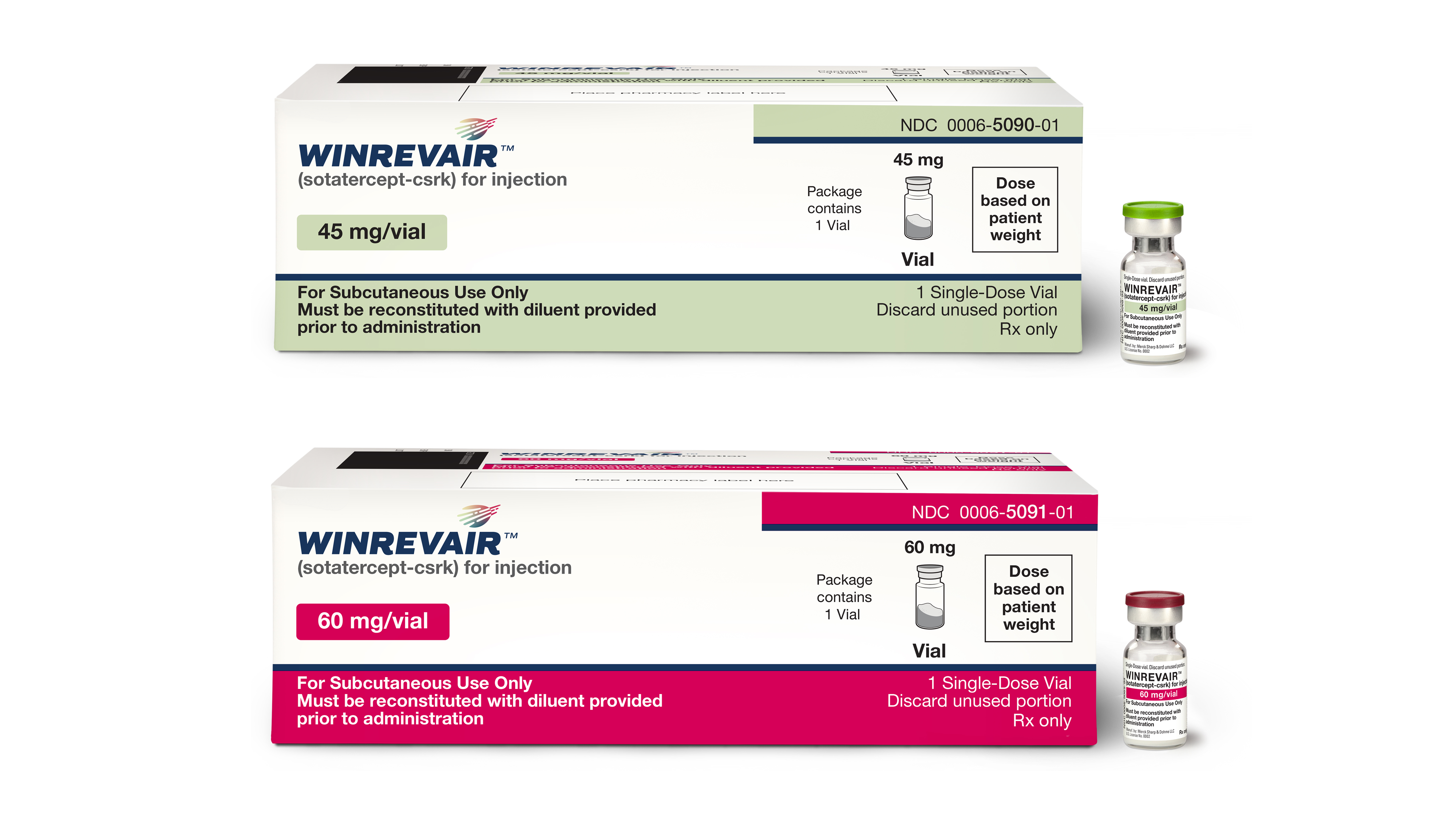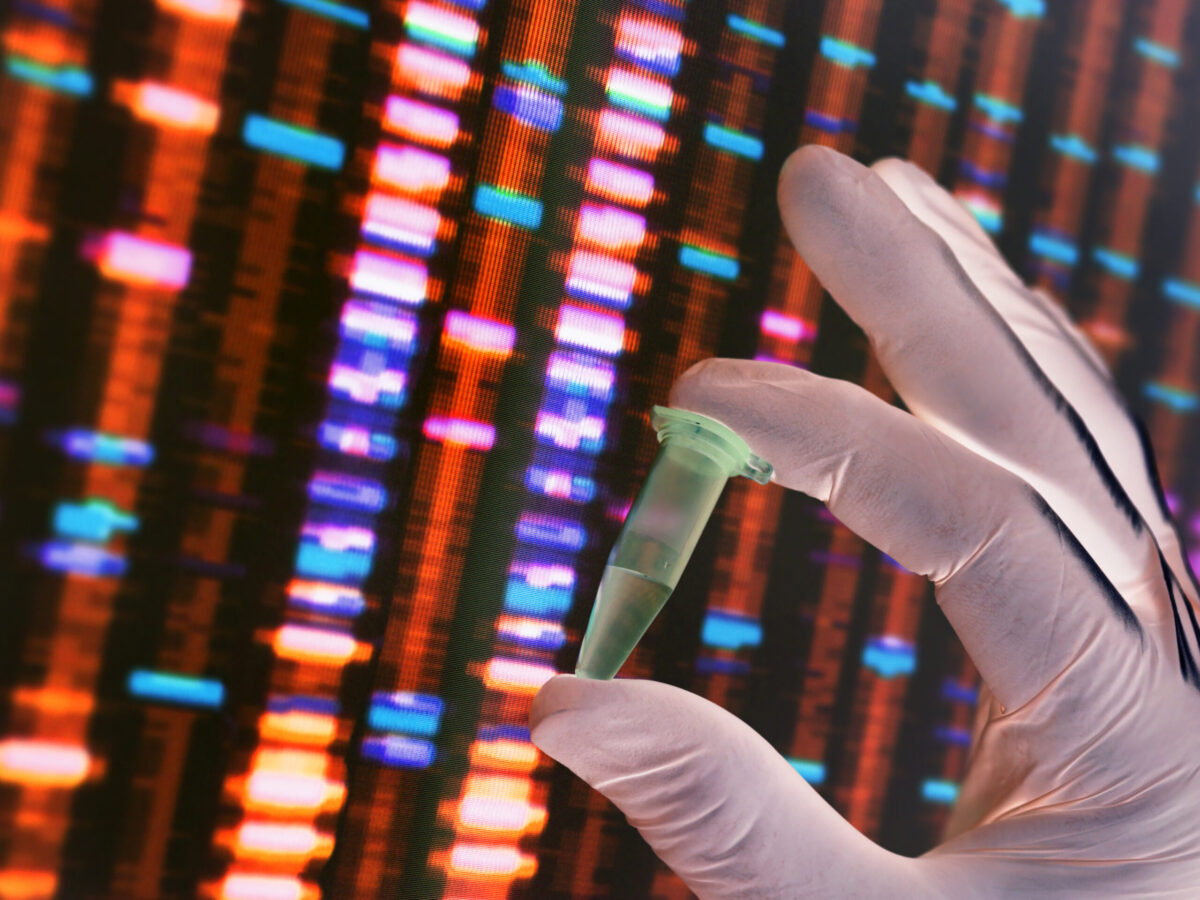Computerized tomography (CT) scans are often used to determine whether a patient’s cancer has returned, however this technique may not be the best way of detecting recurrence. The results of a recent prospective clinical trial found that a biomarker blood test could detect lung cancer recurrence a full six months before imaging methods could spot the disease.
The blood test uses circulating tumor cells (CTC) as a biomarker to detect advanced lung cancer. The researchers presented their findings last week at the 2017 Multidisciplinary Thoracic Cancers Symposium, and suggested that the blood test could be used alongside CT scans to drive treatment decisions for patients with non-small cell lung cancer (NSCLC).
Lung cancer is an aggressive disease which can often metastasize to other parts of the body. After patients receive treatment for NSCLC, they are monitored using CT scans on a regular basis. The addition of a non-invasive blood test for CTC could help clinicians detect cancer recurrence earlier, so that treatment can be started as soon as possible.
“The additional lead time afforded by an earlier diagnosis may enable doctors to better tailor alternative and salvage treatments to improve their patients’ outcomes and quality of life,” said Chimbu Chinniah, lead author of the study and a research fellow in radiation oncology in the Perelman School of Medicine at the University of Pennsylvania in Philadelphia. “Earlier detection of recurrence may even translate into an increased likelihood of curing these patients when their tumor burden is lowest and thus more likely to respond to therapy.”
In all, 48 patients with stage II-III locally advanced NSCLC, who were also being treated with concurrent chemoradiation, were enrolled in the clinical trial. Blood samples were collected before, during and after treatment, and CTC counts were detected using an adenoviral probe.
The probe identifies the activity of an enzyme which is involved in replication of cancer cells. Patients received CT scans every three months.
After 10.9 months – the median follow-up after treatment – 46 percent of participants showed recurrence of progression of NSCLC. Following chemoradiation therapy, 15 of the patients who experienced recurrence had elevated CTC counts.
Sixty-seven percent of those 15 patients showed an increase in measurable serum CTC counts – indicating cancer recurrence – six months before it could be detected by a CT scan alone. However, the study also found that four out of the 20 patients who experienced cancer recurrence were diagnosed using CT imaging before the CTC biomarker could be detected using the blood test.
“The future use of circulating tumor cells as a diagnostic and prognostic tool for localized NSCLC looks promising,” said Dr. Charles B. Simone, II, the study’s senior author and principal investigator, as well as an associate professor of radiation oncology at the University of Maryland School of Medicine. “Although imaging remains the cornerstone of post-treatment surveillance for patients, blood tests could, and perhaps should, be used in conjunction with imaging scans to better monitor patients during their follow-up period after treatment.”












Join or login to leave a comment
JOIN LOGIN